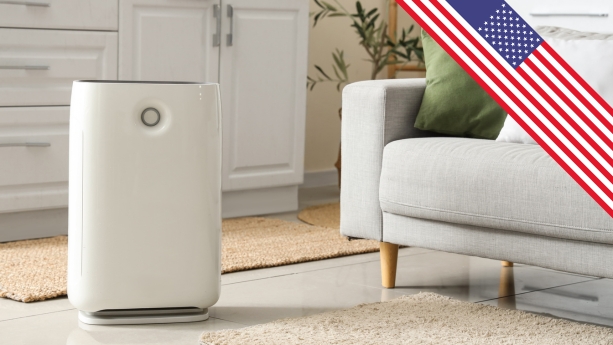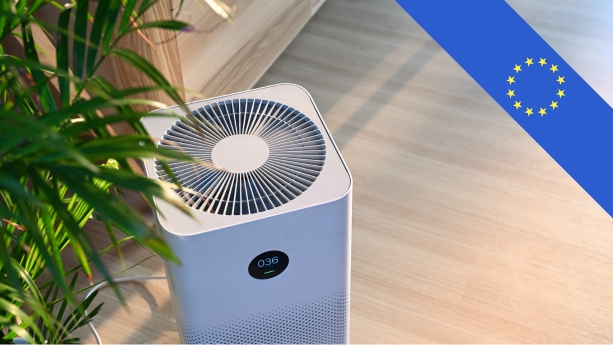
Air purifiers manufactured or imported to the United States must comply with different US federal and state-level regulations. In this guide, we take a closer look at regulations like FCC 49 CFR Part 15, the Energy Conservation Program, CPSIA, and other requirements that are relevant to air purifiers in the United States.
In addition, we also explain why product standards, such as UL 867, are relevant when importing or manufacturing air purifiers.
Continue reading Air Purifier Regulations in the United States: An Overview


























